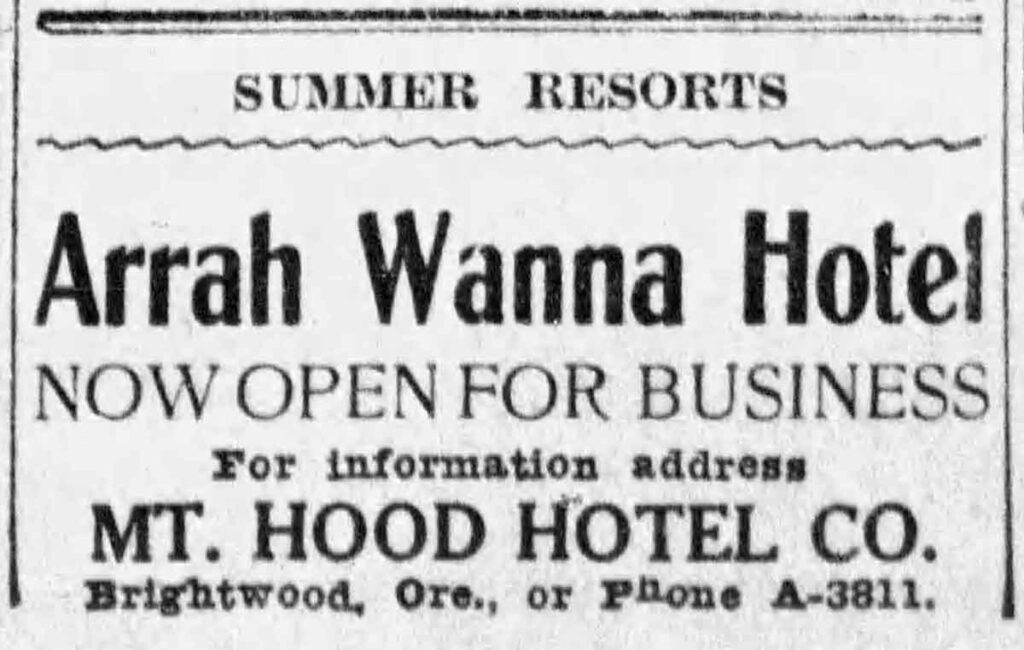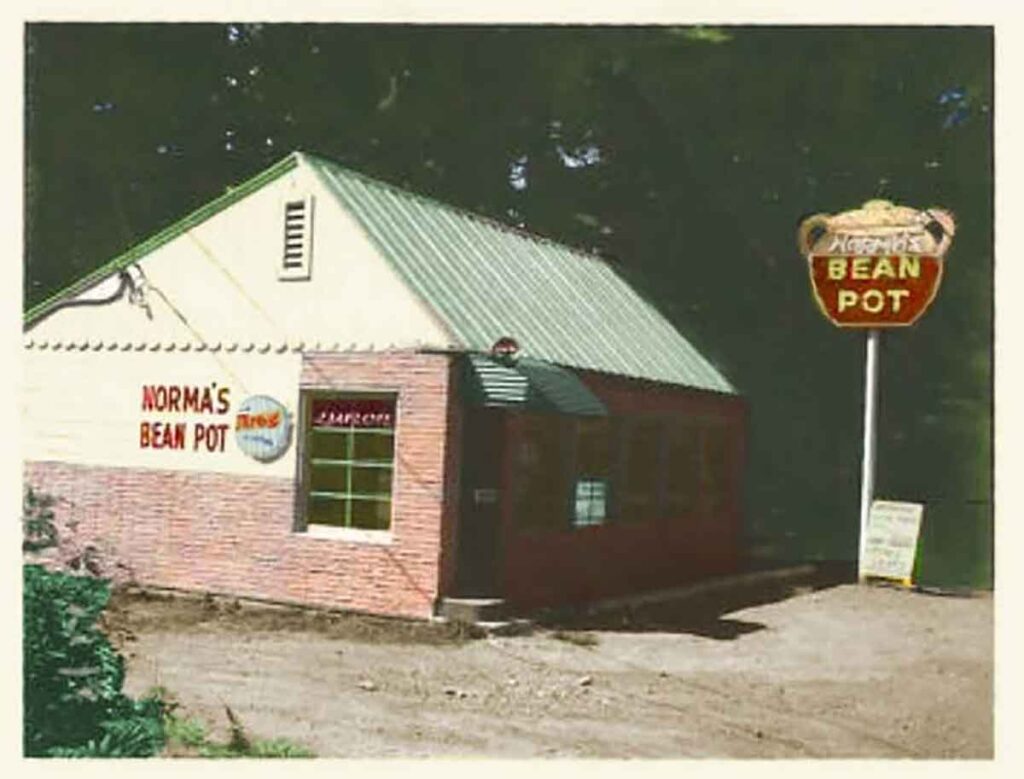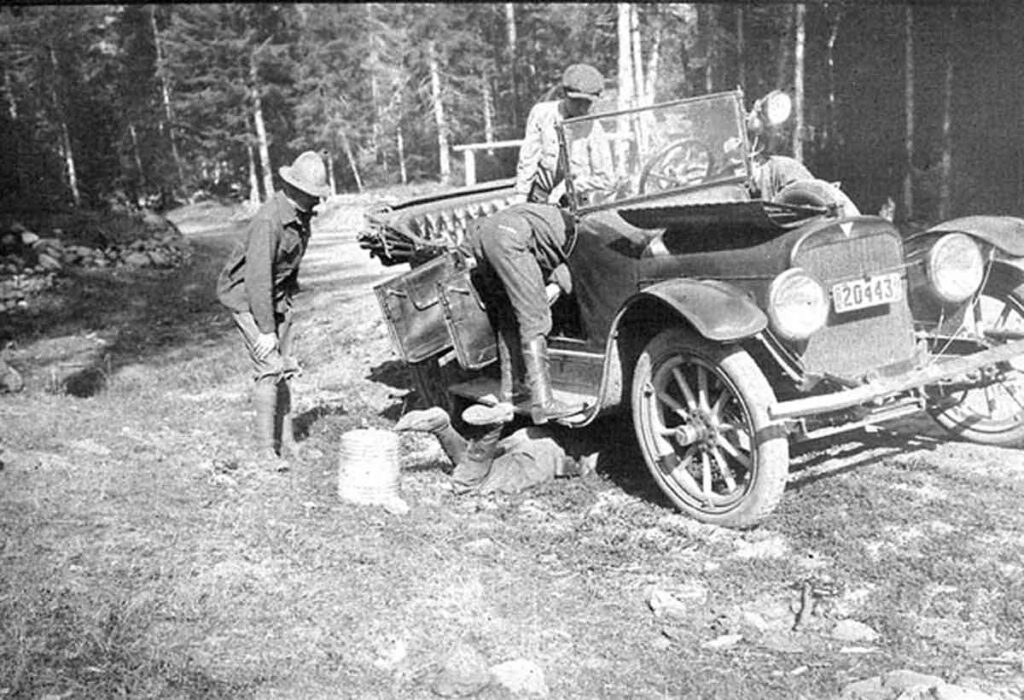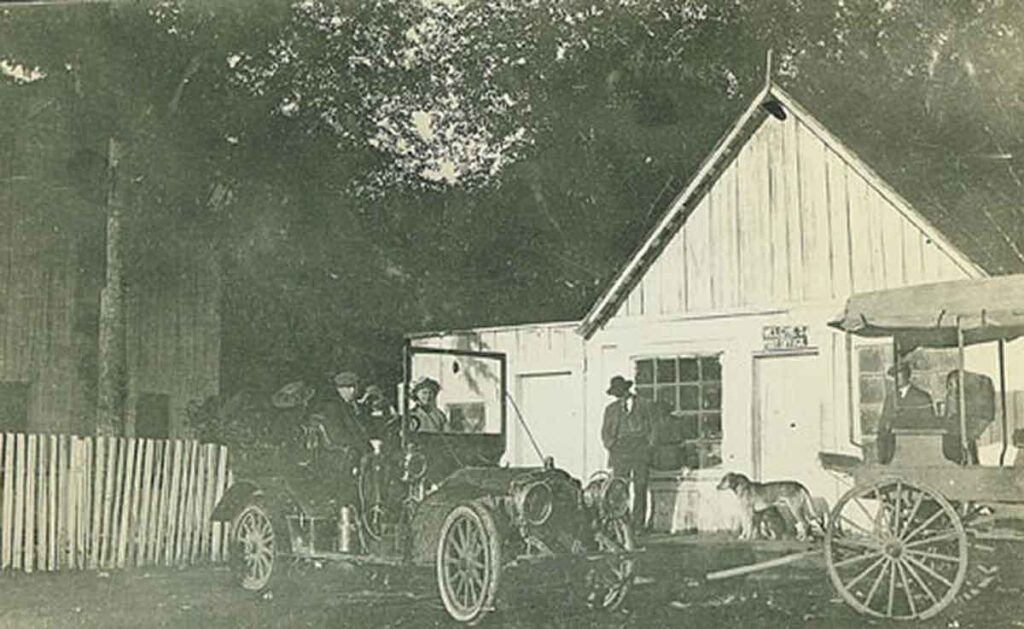Nestled in the picturesque surroundings of the Salmon River in Wemme, Oregon sits the Arrah Wanna Lodge
Tag: wemme
Norma’s Bean Pot Wemme Oregon
A familiar restaurant remembered on the way to and from Mount Hood was Norma’s Bean Pot at Wemme, Hwy 26, circa 1961 – 1974. Operated by Norma Fay Waldron-McKean (1907 – 1999). Contributed by Peter Bellant.
Who Was E. Henry Wemme?
The Story Behind Wemme, Oregon Wemme, Oregon—a place with a peculiar name. Is it pronounced “Weemy” or “Wemmy”? And how did it get its name and who was E. Henry Wemme? Pronounced “Wemmy,” this small village often goes unnoticed as travelers speed along Highway 26. The four-lane road today gives little hint of how the … Continue reading Who Was E. Henry Wemme?
Villages of Mt Hood Post Offices
The Villages of Mt Hood Post Offices What gives a town, or in this case a village, its identity? In most cases it’s the establishment of a post office. Many feel that the establishment of a post office is truly that which makes a settlement a town or a village. The case is no different … Continue reading Villages of Mt Hood Post Offices




